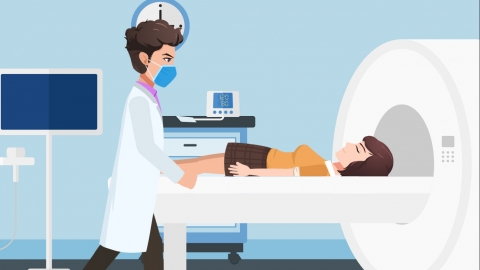What tests should be done for a woman with right lower abdominal pain?
Women with right lower abdominal pain generally need to undergo abdominal ultrasound, complete blood count (CBC), urinalysis, gynecological ultrasound, and abdominal CT scans. Specific details are as follows:

1. Abdominal Ultrasound: This allows clear visualization of the morphology and structure of abdominal organs such as the appendix, gallbladder, and intestines, helping to identify conditions like appendicitis, gallstones, or intestinal obstruction. This non-invasive test provides rapid preliminary diagnostic information.
2. Complete Blood Count (CBC): By measuring indicators such as white blood cells and neutrophils in the blood, this test helps determine whether a bacterial infection is present. Elevated levels often indicate an inflammatory response in the body and assist in determining if the pain is caused by an infectious disease.
3. Urinalysis: This test checks for components such as red blood cells, white blood cells, and protein in the urine, helping to rule out urinary system diseases like urinary tract infections or kidney stones. These conditions may also cause referred pain in the right lower abdomen.
4. Gynecological Ultrasound: Focused on the female reproductive system, this evaluates the condition of the uterus, ovaries, and fallopian tubes, identifying gynecological issues such as ovarian cyst torsion, ectopic pregnancy, or pelvic inflammatory disease—common causes of right lower abdominal pain in women.
5. Abdominal CT Scan: When ultrasound fails to clarify the underlying cause, an abdominal CT scan offers more detailed imaging of abdominal organs and tissues, clearly revealing the location, extent, and nature of lesions, thus aiding in the diagnosis of complex abdominal conditions.
When experiencing right lower abdominal pain, patients should avoid self-administering painkillers, which may mask symptoms. It is important to seek medical attention promptly and provide the doctor with detailed information about the pain's characteristics, duration, and any accompanying symptoms, so that appropriate diagnostic tests can be selected.







